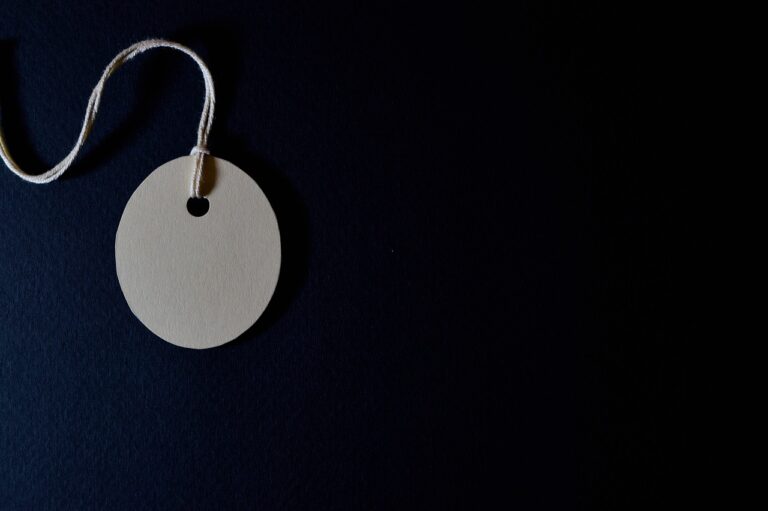The Role of Big Data in Predicting Fashion Trends
Data analytics has revolutionized the fashion industry by offering valuable insights into consumer preferences, trends, and buying behavior. By harnessing the power of big data, companies can make informed decisions on product development, marketing strategies, and inventory management. This enables fashion brands to tailor their offerings to meet the demands of their target audience more effectively, leading to increased customer satisfaction and loyalty.
Moreover, data analytics allows fashion companies to optimize their pricing strategies through dynamic pricing models and personalized promotions. By analyzing pricing trends, competitors’ pricing strategies, and customers’ willingness to pay, brands can set prices that maximize revenue and profitability. This data-driven approach not only enhances the bottom line but also helps in building stronger relationships with customers by offering them products at the right price point.
Understanding Consumer Behavior Through Data Analysis
In today’s competitive fashion industry, understanding consumer behavior is crucial for brands to thrive. Data analytics plays a vital role in providing valuable insights into customers’ preferences, buying patterns, and trends. By mining and analyzing data from various sources such as sales records, social media interactions, and website traffic, fashion companies can gain a comprehensive understanding of their target audience’s behavior.
Utilizing data analysis allows brands to segment their customer base accurately, enabling them to create personalized marketing strategies tailored to different consumer segments. By identifying buying habits, browsing history, and product preferences through data analytics, fashion companies can craft targeted campaigns that resonate with specific customer groups. This tailored approach not only enhances customer engagement but also increases the likelihood of converting leads into loyal customers.
How can data analytics benefit the fashion industry?
Data analytics can provide valuable insights into consumer behavior, preferences, and trends, helping fashion companies make informed decisions on product development, marketing strategies, and inventory management.
What are some key ways to understand consumer behavior through data analysis?
By analyzing data on purchase history, browsing patterns, social media engagement, and demographic information, fashion companies can gain a better understanding of their customers’ preferences, interests, and shopping habits.
How can data analysis help improve customer satisfaction in the fashion industry?
By leveraging data analytics, fashion companies can personalize their marketing efforts, offer targeted promotions, and provide a seamless shopping experience, ultimately leading to higher customer satisfaction and loyalty.
What role does data analysis play in predicting future trends in the fashion industry?
By analyzing historical data and trends, fashion companies can identify patterns and predict future consumer preferences, allowing them to stay ahead of the competition and capitalize on emerging trends.
How can fashion companies ensure the security and privacy of consumer data when using data analytics?
Fashion companies must adhere to strict data protection regulations, implement robust security measures, and obtain explicit consent from customers before collecting and analyzing their data to ensure the privacy and security of consumer information.





